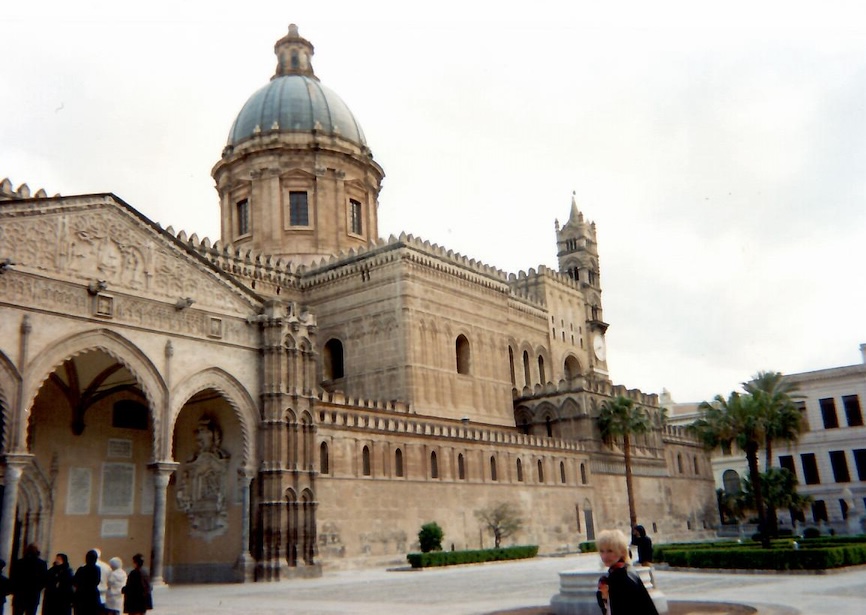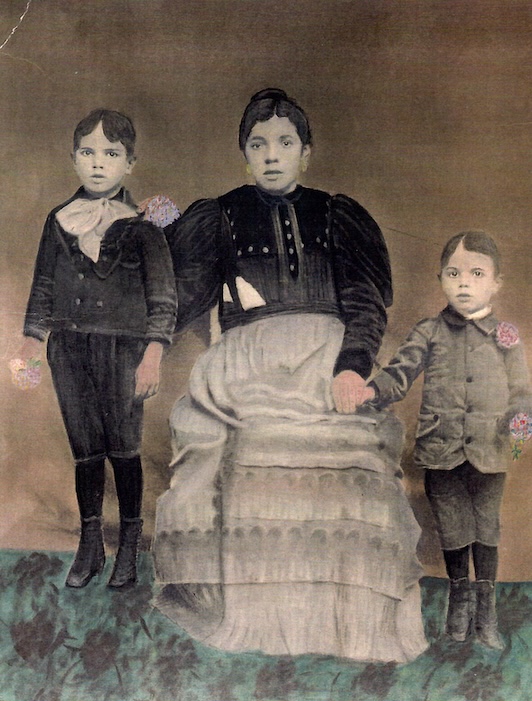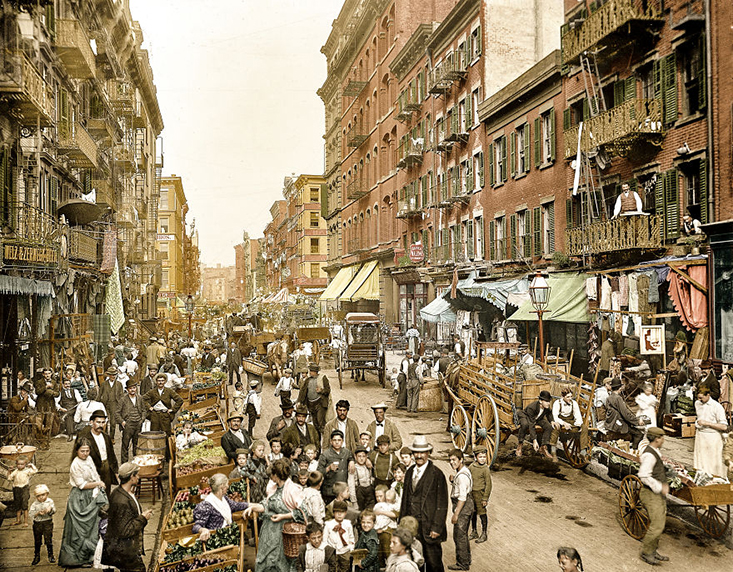From Baucina to Elizabeth Street
|
In 1892 in the Sicilian village of Baucina my paternal grandfather was conceived. Baucina was located about 37 km southwest of Palermo. The current village was founded by the count Don Mariano Migliaccio in 1642. |
The Church of San Marco where the festival of Santa Fortunata is held. |
|
His soon-to-be parents boarded the S.S. India bound for a new life in New York. There were 450 Italian immigrants on board the ship. On the way the ship went through a strong gale and had to stop at Bermuda for repairs. When it docked in New York harbor, Angelo and Rosa set foot on American soil on February 3, 1893. |
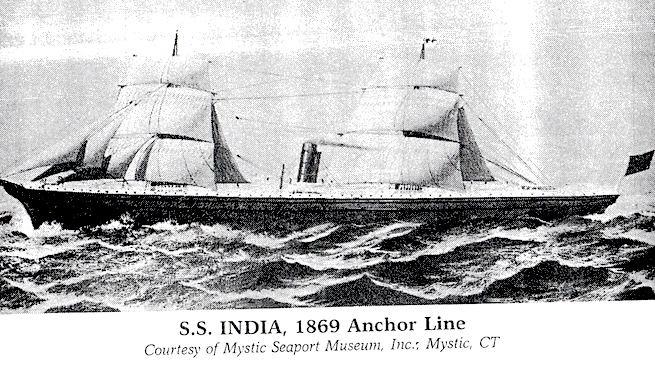 |
|
My grandfather Mariano was born April 13, 1893. His brother Pietro was born earlier in 1891. Rosa earned money as a seamstress, taking coats home for sewing. Because she did not have a nickel for the trolley, she walked down to the East River. She would carry young Mariano on one arm and several coats on the other. One day it was so cold and wet that her skirt stuck straight out. When she arrived home, she covered herself with the cold coats, became sick and was never well again. It is likely she returned to Sicily with Mariano and his brother Pietro (1891-1981). She probably died about 1900. On October 3, 1901 there is a record of two children, Pietro and my grandfather, arriving on the ship SS Liguria to live with their father at 241 Elizabeth St. His father had remarried Rosa Leggio and had six other children. His brother Pietro (Pete), with whom Grandpa was very close, married Rosaria (Sadie) Varisco, who lived in three centuries, 1899-2001. My sister Louise created a website on Grandpa's genealogy and family. |
Rosa with Pietro on the left and Mariano on the right, ca. 1900. |
|
When the young Mariano returned to New York after the death of his mother, he was one of the thousands of Italians who emigrated to the U.S. in those days. He used to tell us about the wonders of New York at the time, the elevated trains, subways and streets filled with pushcarts. In order to raise money in his poor family, he sold newspapers and shined shoes to earn a few pennies. He also earned some small change as a Shabbat boy, lighting stove fires for Jewish families. He had only a third-grade education. |
Mulberry Street in Little Italy when Mariano was young. |
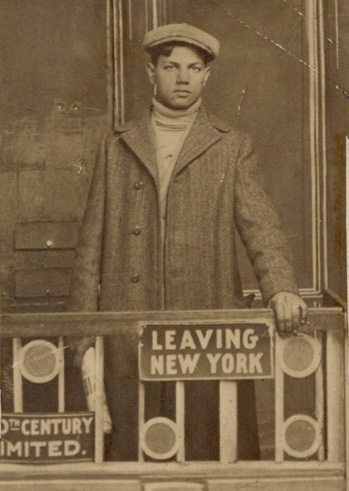
In 1913 Mariano, not finding work in New York, left to work on the railroad as a section hand.
